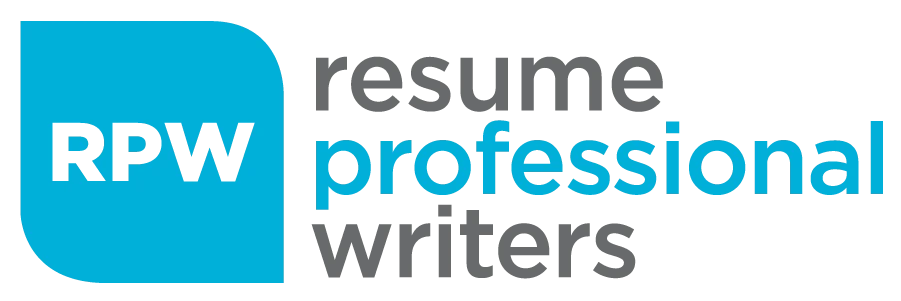Crafting an IT resume that stands out is more crucial than ever in today’s competitive job market. With the rapid advancements in technology and a constant influx of new talents, your resume needs to showcase not only your technical skills but also your ability to adapt and thrive in evolving environments. This guide will walk you through the essential steps to create an IT resume that catches the eye of recruiters and hiring managers alike.
Understanding the IT Job Market
The IT job market continues to grow exponentially, driven by developments in cloud computing, data security, and artificial intelligence. Employers are on the lookout for candidates who are not only technically proficient but who also demonstrate problem-solving skills, adaptability, and a capacity for continuous learning. Key skills that are currently in high demand include cybersecurity, cloud administration, and software development.
Essential Components of an IT Resume
1. Contact Information: Ensure your contact information is up-to-date and professional. Include your name, phone number, email, and LinkedIn profile.
2. Professional Summary: This is a brief section at the top of your resume that summarizes your skills, experiences, and goals related to the IT field. It should be tailored specifically to the job you are applying for.
3. Technical Skills Section: List the programming languages, software, tools, and technologies you are proficient in. This section should be easily scannable and tailored to match the skills listed in the job description.
4. Work Experience: Detail your previous job roles, focusing on achievements and responsibilities that relate directly to the IT role you are applying for. Use action verbs and quantify your accomplishments when possible.
5. Education and Certifications: Include any relevant degrees or certifications that pertain to the IT industry. This could include degrees in computer science, certifications like CompTIA A+ or Cisco Certified Network Associate (CCNA), among others.
6. Projects and Portfolio: If applicable, include a section for projects or a link to an online portfolio. This is particularly important for roles like software development or web design, where tangible project results can significantly bolster your resume.
How to Write an IT Resume
Writing an effective IT resume involves more than listing your job experiences and skills. It requires a strategic approach:
- Professional Summary: Start with a strong statement that highlights your years of experience, key skills, and a noteworthy achievement or unique value proposition.
- Skills and Technologies: List skills that are directly relevant to the job. Be sure to include both hard skills (like Python programming) and soft skills (like problem-solving).
- Work Experience: Use bullet points to describe your responsibilities and achievements. For each point, consider how your work made a difference. Did you improve system efficiency? Reduce downtime? Your resume needs to reflect your impact.
- Keywords and ATS: Many companies use Applicant Tracking Systems (ATS) to screen resumes. Ensure your resume includes keywords from the job description. This will help your resume pass ATS checks and reach a human reviewer.
Selecting the Right IT Resume Template
Choosing the correct format is crucial:
- Chronological: Lists your work history in reverse chronological order. This is suitable for those with a solid work history.
- Functional: Focuses on skills and experience, rather than job history. This is ideal for career changers or those with gaps in their employment.
- Combination: Blends both chronological and functional formats. This is effective for seasoned professionals who want to highlight specific skills alongside their work history.
Do’s and Don’ts in IT Resume Writing
Do’s:
- Tailor your resume for each application.
- Use clear, concise language.
- Include specific examples of how you’ve added value in past roles.
Don’ts:
- Avoid generic phrases that don’t add value.
- Don’t lie or exaggerate your skills or experiences.
- Steer clear of long blocks of text that can deter readers.
Leveraging IT Resume Examples
For insights on structuring your resume, analyze successful IT resume examples. Notice the effective formatting, phrasing, and keyword integration in these examples.
An effective IT resume is your ticket to advancing your career in this dynamic field. Take the time to craft a resume that not only shows your technical skills but also your problem-solving capabilities and readiness for challenges.
Struggling to get your IT resume just right? Contact us today for professional IT resume writing services tailored specifically for the tech industry. Our experts can help you highlight your strengths and tailor your resume for your dream job in IT.








